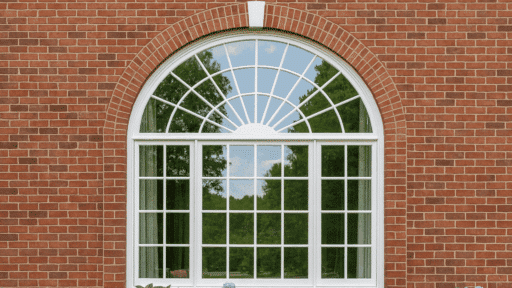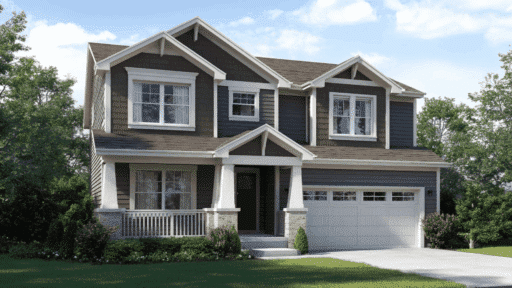Outdoor spaces have become some of the most expressive areas in hospitality design. Hotels, luxury resorts and senior living communities now view their exterior environments as opportunities to communicate identity, warmth and a sense of place. One design approach that continues to gain momentum is the use of mixed materials—a combination of wood, metal, woven elements and tactile performance fibers that bring depth and dimension to spaces that must also withstand commercial use.
This material-driven design philosophy is central to the work of many trade-only manufacturers, including Walters Wicker and the company’s outdoor division,Walters Outdoor. Their collections show how thoughtful combinations of teak, aluminum, rope and woven materials can elevate commercial outdoor seating and make large-scale hospitality spaces feel cohesive and intentional.
Below is a closer look at how mixed materials are shaping the next era of outdoor design in hospitality environments, and why this approach supports both aesthetics and performance.
1. Mixed materials help express a property’s identity
Hospitality brands rely on clear visual storytelling. Whether the goal is coastal sophistication, modern minimalism or resort-style warmth, mixed materials offer designers the opportunity to capture nuance in three dimensions.
Common combinations include:
- Teak with woven fibers for natural warmth
- Aluminum with rope for a sleek yet welcoming effect
- Textured weaves paired with smooth architectural metals for high contrast
- Neutral performance fabrics layered with wood tones
The materials used throughout Walters Outdoor reflect this philosophy. Their collections integrate contrasting textures without overpowering the space, which is essential in large hospitality footprints.
This blend creates an identity that guests can feel the moment they step outdoors.
2. Texture brings softness to architectural spaces
Hotels and modern multifamily developments often feature contemporary structural elements: exposed concrete, steel balconies, glass railings and minimal architectural lines. While striking, these materials can feel rigid on their own.
Mixed materials balance the environment by introducing softer textures such as:
- Rope loops and braids
- Hand-woven patterns
- Warm teak surfaces
- Perforated metals or curved aluminum frames
- Upholstered elements with performance fabrics
This layering helps transform outdoor lounges, terraces and balcony furniture for hotels into comfortable, human-centered spaces. Designers choose these combinations intentionally to soften edges and create inviting atmospheres.
3. Mixed materials improve durability and long-term performance
Hospitality furniture must meet durability standards that go far beyond residential needs. Pool decks, dining terraces and rooftop lounges face constant exposure to UV light, moisture, heat, wind and repeated guest use.
No single outdoor material performs perfectly in all conditions. Mixed materials allow designers to select each component based on its strengths:
- Teak resists moisture and ages beautifully.
- Powder-coated aluminum offers corrosion resistance and light weight.
- Rope dries quickly and handles UV exposure.
- All-weather woven fibers maintain their shape across seasons.
This strategic pairing results in furniture systems that thrive in environments such as hotel poolside seating areas and high-use communal spaces.
Walters Outdoor exemplifies this approach. Their collections combine materials not for trend alone, but to achieve balanced performance across varying climates.
4. Mixed materials create visual hierarchy in large outdoor footprints
Hospitality spaces are rarely small. Designer teams must plan for pool terraces, restaurant patios, garden courts, balconies, outdoor bars and multi-level lounge decks. Mixed materials help unify these areas without relying on identical furniture groups.
Using materials in a layered way allows for:
- Distinct zones that still feel connected
- A visual rhythm across the property
- Opportunities to reinforce brand character
- Transitions from high-traffic areas to more private spaces
For example, teak and woven elements might define a relaxed lounge zone, while aluminum and rope define dining or bar areas. The materials complement one another while signaling subtle functional differences.
5. Mixed materials support indoor–outdoor cohesion
One of the strongest design shifts in hospitality is the blurring of indoor and outdoor spaces. Guests move between the two frequently, and hotels want both areas to feel equally considered.
Mixed materials support this continuity by:
- Repeating tones or textures used indoors
- Introducing softer elements outdoors for warmth
- Keeping silhouettes clean and tailored
- Using fabrics that echo interior palettes
Balcony furniture for hotels especially benefits from this strategy. Guests experience these transitional zones up close, so material cohesion is critical.
Walters Wicker has long contributed to this design goal. Their collections help designers maintain visual harmony from lobby to lounge to terrace.
6. Mixed materials help properties adapt to evolving guest expectations
Today’s hotel guests expect more from outdoor environments. They want places to relax, dine, socialize and work. Mixed materials make it easier to respond to these evolving behaviors by offering different tactile cues for different uses.
Examples include:
- Rope and woven seating in casual lounge zones
- Aluminum-based seating for dining areas
- Teak accents in premium loungers or daybeds
- Upholstered modular seating for event-ready spaces
This flexibility is especially valuable for hotels and resorts with changing daily programming. Designers can curate different moods without losing cohesion.
7. Sustainability considerations benefit from material diversity
While sustainability approaches vary by region, mixed materials can support more responsible design decisions. Durable materials like teak and aluminum have long lifespans, reducing replacement cycles. High-quality woven and rope materials also perform well over time.
The longevity and stability associated with these materials help properties reduce waste and maintain consistent visual identity across seasons.
Designing with intention
Mixed material design is more than an aesthetic choice. It is a strategic approach that helps hospitality environments balance comfort, durability and brand expression. As hotels, resorts and senior living communities continue investing in outdoor spaces, designers will rely heavily on material combinations that support both performance and ambiance.
Trade-only manufacturers such as Walters Wicker and Walters Outdoor provide clear examples of how mixed materials can elevate commercial outdoor seating. Their focus on teak, aluminum, rope and woven craftsmanship demonstrates how diverse textures and tones can create welcoming, high-performing spaces.
In the next era of hospitality design, mixed materials will continue shaping environments that feel timeless, thoughtful and ready for long-term use.








